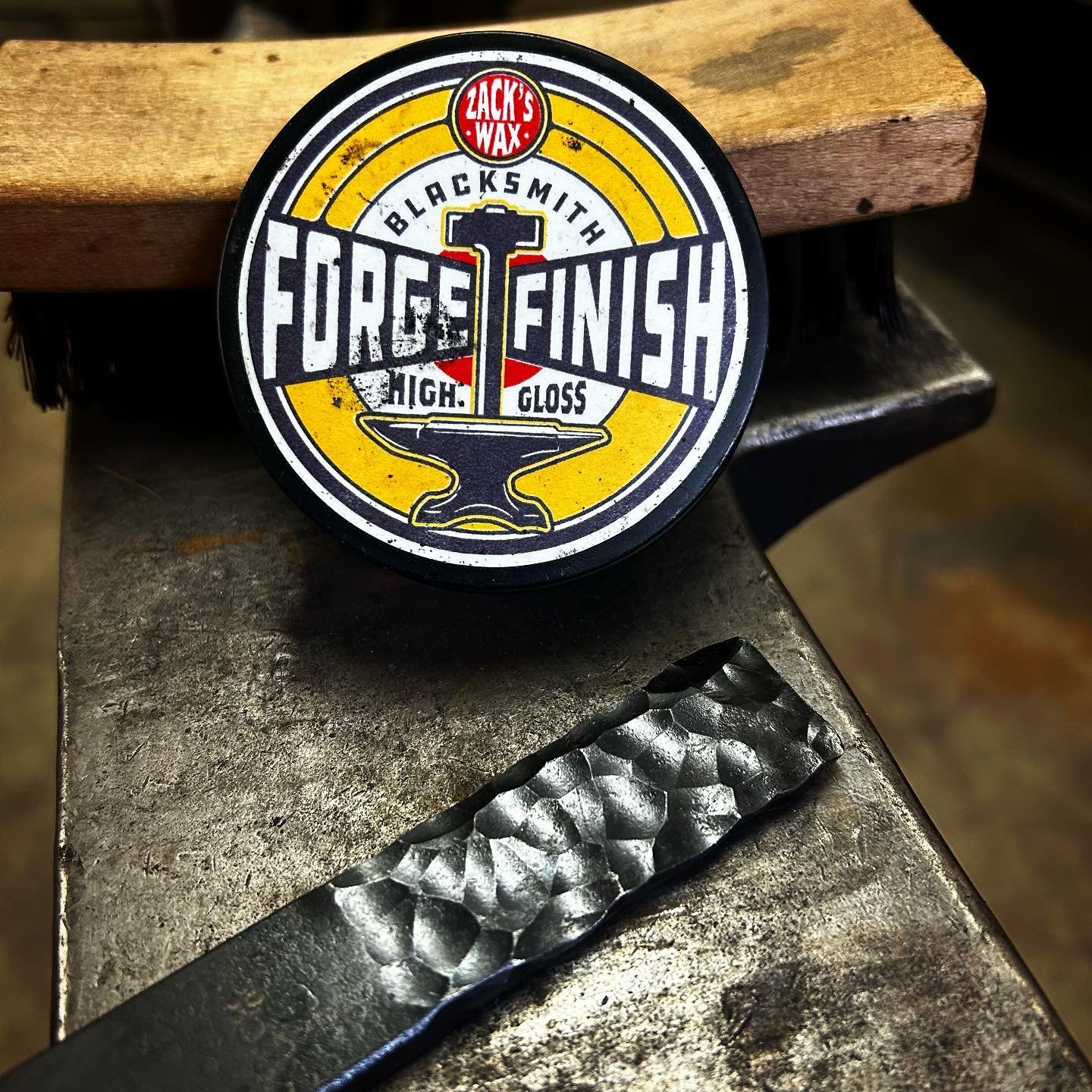Tips and suggestions for use
Apply at the lower end of or preferably just below the smoke point. The smoke point for this product is a bit higher than Johnson’s so it should give you a slightly larger window for hot application. Whatever you do, please do not apply so hot that you burn/melt the brush. You will get nasty burnt crud and discoloration in the finish.
Apply with a chip brush, I’m partial to the cheap 1” brushes you can buy in bulk at every home-goods store.
Don’t over-apply. A thin coat is all that is needed, too much product could result in a a slightly tacky finish. If there is an abundance of product on the piece it will wipe off easily while warm.
Wipe/buff the piece once it has cooled with cloth or a paper towel. This step makes a huge noticeable difference.
Order a small container of D-Limonene! Okay hear me out, solvents are supposed to evaporate leaving a consistent(ideally) film behind on the piece. Your paste wax will harden/thicken up over time, you can mitigate this somewhat by keeping the lid on as much as possible, but given enough time, it’s inevitable. I suggest ordering a small container of D-Limonene(Natures Orange on AMZ is ~$30). This way you will always have control over the consistency of your product. It’s as easy as it sounds to reconstitute the product and adjust the consistency however you desire. Sidenote: D-Limonene is just a kick-ass product to have around anyway, it’s an amazing and safe cleaner/degreaser and is my first go-to cleaning product. You could reconstitute the product with Turpentine or Mineral spirits if you are in a pinch, but you are robbing yourself of a simple pleasure.
Tips for cold application: Even though this has been designed with hot application in mind, it’s still designed specifically for metal and I’ve been using it with great success on several other items including cast iron surfaces, tables, vises, etc.
Ideally you can quickly run a torch or heat-gun over the surface to get the metal to sweat out the condensation. Wipe off the condensation with a clean rag or paper towel.
Apply product with a cloth, or non-abrasive pad with medium pressure in a circular motion.
Allow the product to dry–time will vary depending on conditions–usually about 5-10 minutes. And then buff the product off with a clean rag. You should be left with an incredibly slick high gloss surface.




